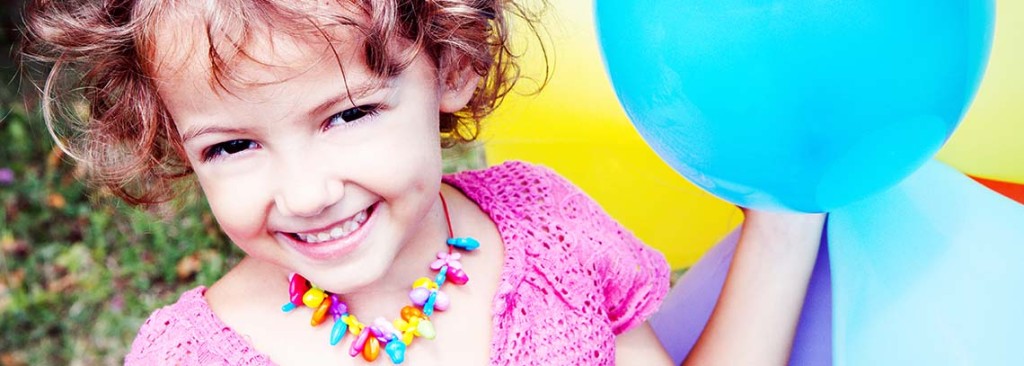
It’s a fact of life that not everything will go swimmingly. There will be bad times. There will be good times. There will be times in between. When bad times happen, it’s okay to feel sad, upset, angry and frustrated.
I recently watched ‘Inside Out’ at the movies and I absolutely loved it! Yes, it was funny and cute, but it had a great message for kids and adults about it being okay to feel a range of emotions. We can’t always shield ourselves or our kids from emotions that don’t feel good; however, through these emotions, often good times can happen. Inside Out is about a young girl named Riley who is 11 years old and her parents decide to move to another house. Riley’s emotions (Joy, Sadness, Fear, Anger and Disgust) guide her through this event. The lead emotion, Joy, tries to make Riley feel happy at all times, and in doing so tries to shield her or navigate her away from any situations that make her feel sad. Joy eventually learns that there is a place for sadness, that there are times in Riley’s life where her sadness has led to feelings of happiness with family and that these memories become key for her. Joy also learns that sadness alerts her family that she needs help and that through these times, special moments can be created.
As much as we may try to shield our kids from sad feelings, they are a part of life. So with this in mind, teaching your kids how to bounce back is a valuable skill for them to develop.
Here are 5 ways you can support your child to bounce back when negative times happen:
- Children benefit from a nurturing, consistent and predictable environment. Whilst you won’t be able to create a ‘perfect home’ where nothing negative happens, being warm and responsive to your child’s stressors and emotions can help them to develop a sense of security, knowing that you will be there for them. It is beneficial for kids to learn that talking about their feelings is okay and that getting support from others is something that they can do to feel better when negative experiences occur. Turning to others for support is an important coping skill that they can use throughout their life.
- Teach them that feeling a range of emotions is normal. People feel sad and angry at times, but these feelings do not have to last for long and there are things that they can do to feel better.
- Role model how to cope when negative experiences occur. Kids are ever watchful. They are learning from you all the time about what to do when they feel angry, sad or upset. When bad things happen, teach them how to be calm and to talk about what they are feeling.
- Help them to problem solve. Kids have many choices about how to respond when something negative happens. For instance, if a peer says something mean to them they may respond in several ways – walk away or tell a teacher. Help your child to understand that they have a choice in how they respond and that they can make good choices.
- Look for moments that can be used to teach them. Use every day experiences such as when they don’t get the mark they wanted on a test or when a friend plays with someone else. You can use these experiences to talk to them about keeping a positive attitude and to work out ways to respond.
If you would like further information on resilience or think that your child would benefit from support, please contact Kids At Max on 03 9702 4447.
Written by Kids At Max – Psychologist
